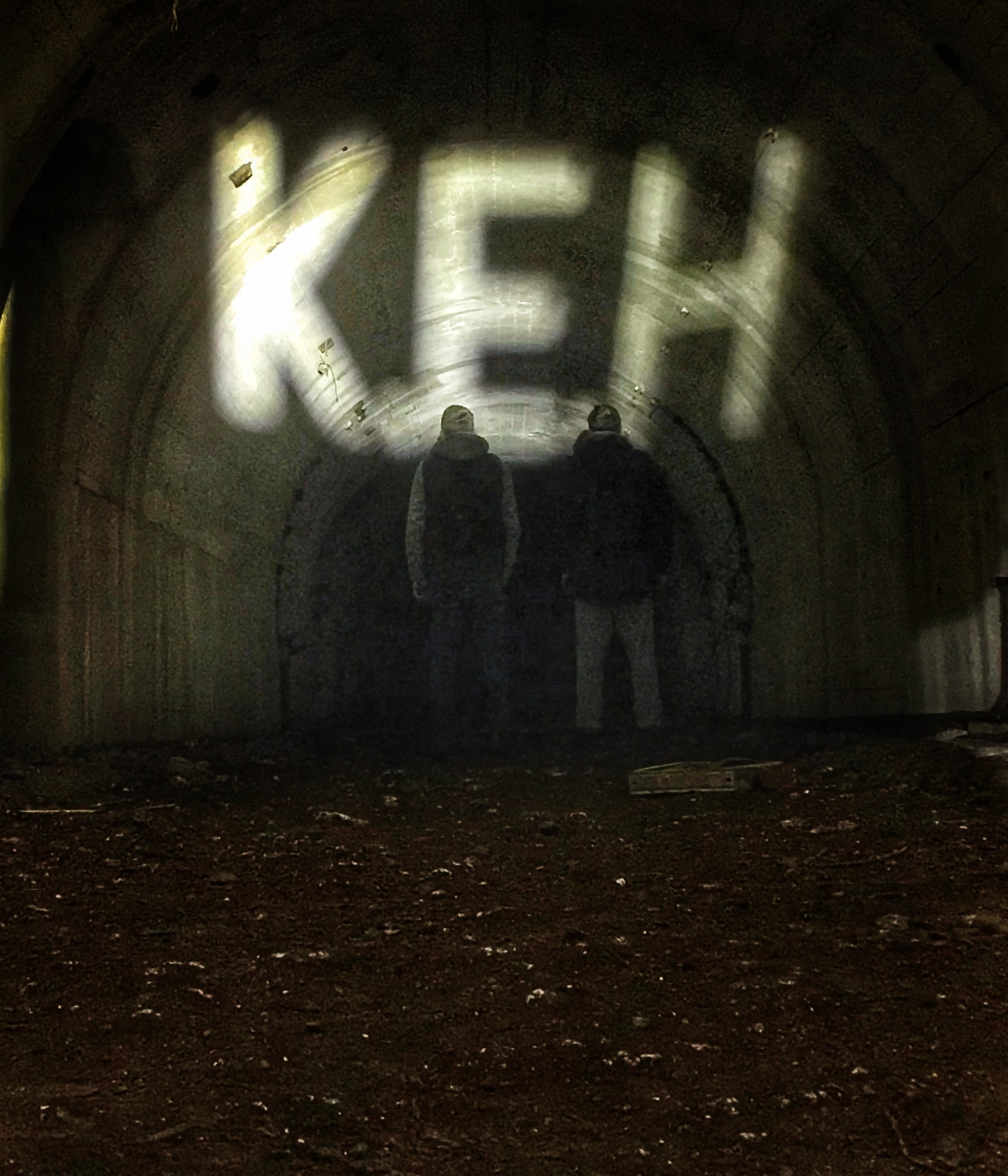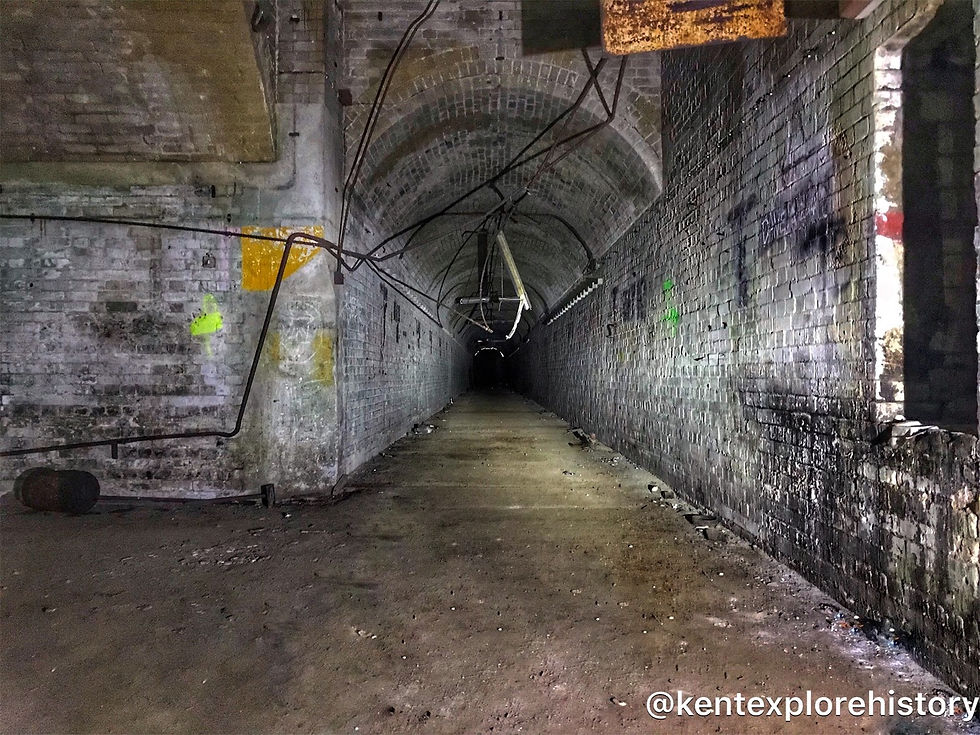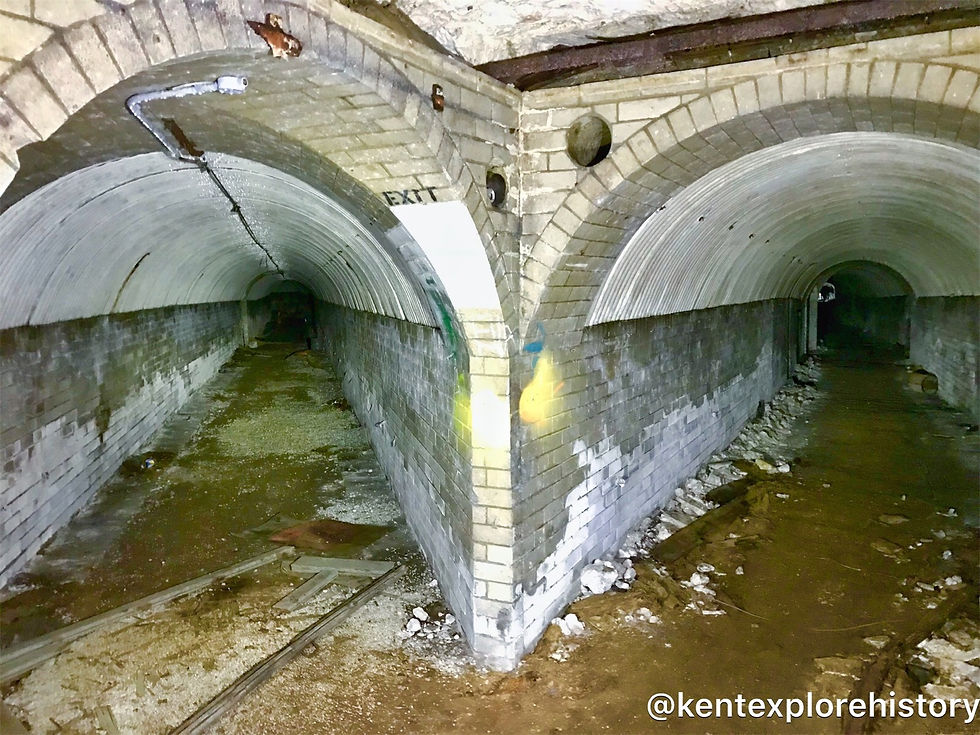HMS Belfast
- kentexplorehistory

- Feb 19, 2020
- 2 min read
HMS Belfast is a town class light cruiser. She was ordered on 21st September 1936 and was laid down 10th December 1936 at Harland and Wolff Shipyard, Belfast, Northern Ireland.
The Belfast was launched 17th March 1938 before being fully completed on 3rd August 1939, she was commissioned into service on 5th August 1939.
Initially she was part of a British naval blockade against the Germans, in November of 1939 she struck a German mine and there were fears she would have to be scrapped. After two years of extensive repairs she returned to service with improved firepower, radar equipment and armour in November 1942.
The Belfast saw action escorting the artic convoys to the Soviet Union during 1943, she also played an important roll in assisting with the destruction of the German warship Scharnhorst at the Battle of the North Cape in December 1943. Her next roll was supporting the Normandy Landings in Operation Overload during June 1944.
By June 1945 she had been redeployed to join the British Pacific Fleet in the Far East. She arrived shortly before the end of World War Two. Following the end of the war she saw further action during the Korean War of 1950-1952.
Between 1956-1959 the Belfast underwent extensive modernisation to bring her up to the advancing standards and saw further commissions before entering reserve in 1963.
In 1971 ownership of the Belfast was transferred to the HMS Belfast Trust so that she could be preserved as a museum ship based just along from Tower Bridge on the River Thames. She became a branch of the Imperial War Museum in 1978.
She is currently painted in a camouflage scheme known as Admiralty Disruptive Camouflage Type 25 which she had worn from November 1942- July 1944.






























































































Comments